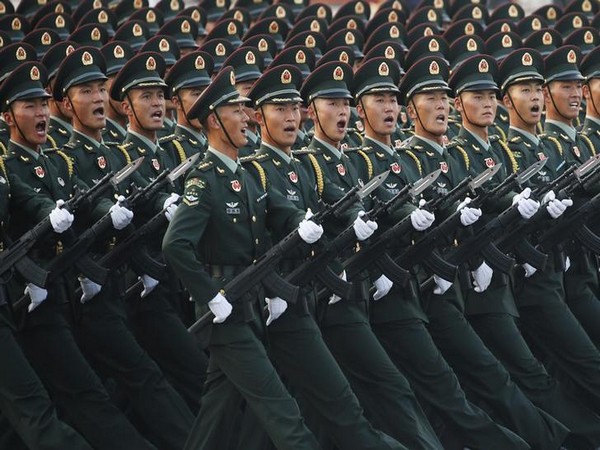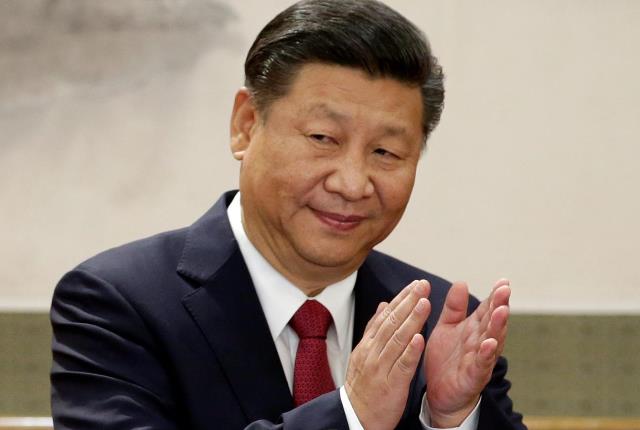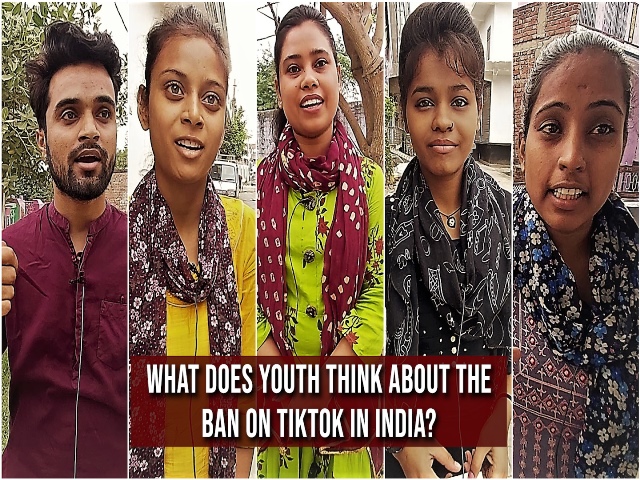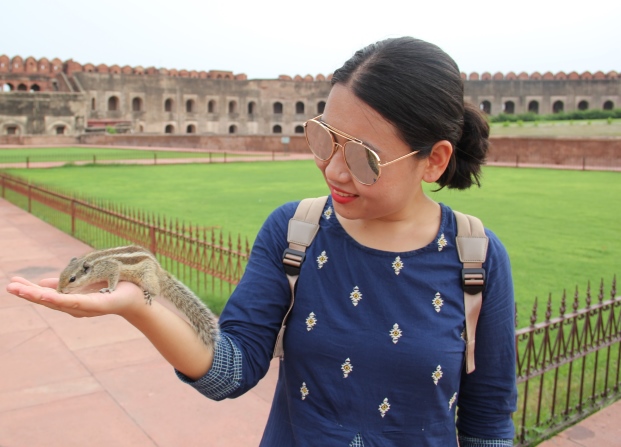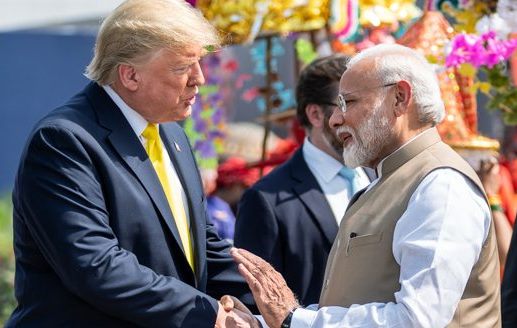China’s military transgressions along the Line of Actual Control with India might have brought immediate tactical territorial gains, but it has lost a lot more strategically in terms of trust and goodwill. Beijing’s responses have also reinforced the fact that its leaders are perennially unrepentant, even though their hands have been caught figuratively in the cookie jar.
This is evident in the comments that emanate from China over the bloody border confrontation on 15 June in Ladakh. Foreign Ministry spokesman Zhao Lijian said on June 19, “China hopes that India will work with us, follow faithfully the important consensus reached between the two leaders, abide by the agreements reached between the two governments, and strengthen communication and cooperation on properly managing the current situation through diplomatic and military channels, and jointly uphold peace and stability in the border areas.”
The subtext is noticeable here and in just about every other official statement. “India, you work with us. Show that you are being cooperative. Do your bit to uphold peace because we already are.” The patronizing tone implies that China is blameless, that Delhi must be the one to repent. This smug self-righteousness is readily apparent in Beijing’s dealings with India, in its interactions with South China Sea claimants, and against anyone who displeases it in even the slightest way.
Yet many countries around the world are growing frustrated and angry with China’s continued bullying, its “innocent” denials of responsibility, and its blatant trampling of international treaties and norms.
Take its treatment of Uighur Muslims in Xinjiang, for example, with more than a million imprisoned in concentration camps where they are brainwashed and many perform forced labor. China initially refuted the existence of any camps, before eventually euphemistically calling them “vocational training centers” once the proof was irrefutable. Even today, too few governments and international bodies are forceful enough in decrying one of the grossest abuses of human rights in modern times, and of China’s brutal cultural genocide.
Nor was it enough for China to merely possess Hong Kong, for it had to make the city harmless politically and to emasculate its citizens of any aspirations to power.
China has become an Orwellian police state too. A study by Comparitech revealed that it is home to 18 of the world’s 20 most monitored cities in the world. More than half the globe’s surveillance cameras are in China, with 567 million cameras predicted to be there by 2021. Beijing alone has 1.15 million cameras, averaging out at 60 cameras per 1,000 people.
China’s arrogance has been on full display during the COVID-19 pandemic. Chairman Xi Jinping failed dismally in his initial handling of the outbreak, as the clumsy Chinese Communist Party (CCP) apparatus sought to suppress the truth and protect Xi.
Richard McGregor of the Lowy Institute in Australia recently penned an article, saying, “China’s failures in the early stages of the crisis, and in the overseas propaganda campaign it later mounted, were baked into the CCP system. So too was the extraordinary mobilization of the country’s resources to enforce lockdowns and stop the spread of the virus. Success and failure are two sides of the same CCP coin.”
China boasts that its political system is superior, pointing to the dismal handling of the pandemic by countries like the UK and USA. Xi himself claimed, “The effectiveness of the prevention and control work has once again showed the significant advantages of the leadership of the Communist Party of China and the socialist system with Chinese characteristics.”
Yet this is a patently false analogy. Many democracies such as Taiwan and New Zealand handled the outbreak in exemplary fashion; the pandemic’s rampaging effects are more a reflection of the competency of individual governments rather than the victory of authoritarianism over democracy.
Interestingly, for some weeks in the center of the crisis, Xi disappeared from public and delegated responsibilities to Premier Li Keqiang. This is rare for a messianic leader who likes to take credit for everything that happens in China, but it illustrates how he was under intense pressure and was distancing himself if things went worse. He only reappeared upon the cusp of victory to gain the credit.
Everything in China is subverted to just one purpose, to bolster the CCP’s standing and to legitimize the leader. The party fears the will of the people most of all.
McGregor thus noted: “Despite outlasting the Soviet communist party as a governing entity, the CCP still frets it will fall through the trapdoor of Chinese history, in which the glorious rise of dynasties has inevitably been followed by their corrosion and corruption, and then collapse. The CCP, in contrast to other fallen communist parties, has pledged to break out of the dynastic cycle by incessantly reinforcing a focus on political awareness and loyalty to President Xi and the party.”
Xi’s COVID-19 remediation strategy was essentially threefold: pump money into job creation; censor any dissenting views; and redirect anger with an appeal to nationalism. After restraining coronavirus, China soon pursued a two-pronged propaganda campaign at home and abroad. Beijing deliberately played down other countries’ donations as it fought the coronavirus, but proudly trumpeted its own efforts as aid flowed in the opposite direction. However, the latter’s “facemask diplomacy” backfired when it peddled inferior products and the realization hit home that China was ultimately responsible for spreading the disease worldwide, decimating national economies and personal livelihoods.
Most informative of all was China’s hardline belligerence regarding the origins of the virus. Officials accused the USA of starting it, for example. China also castigated Australia for seeking an international enquiry into COVID-19’s origins. It resorted to the same old canard – China is innocent and certainly does not deserve vilification.
China’s “wolf warrior diplomacy” proved particularly self-defeating too. The country’s refusal to admit failure and its denial of responsibility turned many against China. Humility is absent from the CCP, for to admit failure is intolerable for authoritarians.
This type of arrogance is captured in an obsequious Global Times opinion piece criticizing the West for blaming China for nurturing COVID-19. “Lies told a thousand times remain lies. In the face of an unknown virus, no government is prepared enough. But the important thing is we admit our limits and faults, and join hands to fight the real enemy.” These words were being aimed at the West, but there was no hint of irony that they applied more accurately to China’s actions.
Shi Yinhong, an international relations professor at Renmin University of China, admitted, “The aim is to promote the Chinese political system as superior, and to project the image of China as a world leader in combating a global health crisis. But the problem is, [these efforts] have failed to recognize the complexities that have emerged on the global stage during the pandemic, and they are being done too hastily, too soon and too loudly in tone, so there is a huge gap between what is intended and what is achieved.”
A report from the China Institutes of Contemporary International Relations, a think tank of the Ministry of State Security, was leaked earlier this year. One segment stated, “Beijing faces a wave of anti-China sentiment led by the United States in the aftermath of the pandemic and needs to be prepared in a worst-case scenario for armed confrontation between the two global powers.”
Indeed, relations between Beijing and Washington are at their lowest ebb for years. Many Chinese believe the US has a poor impression of their country, and that they are being unjustly demonized. They also feel the USA is rather pushy, and cannot believe that Washington would launch a trade war and impose such stiff tariffs. The fact that both the Republicans and Democrats are somewhat united in their stance against China is rather unprecedented too, although it is not coincidental that the USA is in electioneering mode right now.
Confronting China has, in many ways, become the one organizing factor in current US foreign policy. This can be seen in Secretary of State Mike Pompeo’s recent statement on the South China Sea, and a strongly anti-CCP speech on 23 July. Even if President Donald Trump has only a single term in office, it is difficult to conceive of a dramatic about-turn in American foreign policy.
Perhaps unwittingly, Xi has made China a prime target. And who has come out on China’s side? Despite what it regards as generosity under its Belt and Road Initiative, China is receiving little tangible sympathy for its “suffering” at the hands of the USA.
All the above factors are forcing China to rethink its understanding of and relationship to the USA. Many are advocating that their country return to the past policy of keeping a lower profile. Yet this seems unlikely, for Xi retains three key aims: comprehensively modernizing China with the CCP at the helm; reunifying Taiwan; and making China powerful globally.
A number among the patriotically-crazed Chinese populace were advocating that China should invade Taiwan, as things are already going so badly with the USA anyway. However, cooler heads believe such a move would be far too costly and risky, and that energy would be better spent on “national rejuvenation”. Even Qiao Liang, a hawkish retired air force major general, posted on WeChat recently, “This impulsive way of decision-making based on determination or confidence (more of a spur-of-the-moment) without regard for self or external constraints is misconstrued as patriotism, which is actually harmful to the country.” Qiao posited a longer-term strategic view was needed for China.
A good portion of the CCP’s legitimacy comes from increased prosperity. Xi and his cohorts are terrified at the prospect of millions of unemployed, for this will fan social unrest. As long as people are making money, they believe their position is secure. Now they feel vulnerable, as many of the country’s 149 million self-employed business owners and 174 million migrant workers are losing their incomes.
Xi’s response in a time of testing is to double down on existing policies and to issue rallying calls to gather around the flag (which he, of course, is holding aloft). At the 19th Party Congress in 2017, he was already proclaiming, “The banner of socialism with Chinese characteristics is now flying high and proud for all to see.”
Xi recognizes the struggle is now becoming harder, but he always knew this would be so. Back in 2013, Xi warned for “a fairly long time yet, socialism in its primary stage will exist alongside a more productive and developed capitalist system … [There will be a] long period of cooperation and of conflict between these two social systems” before China has “the dominant position”.
“Socialism with Chinese characteristics” decrees that modernization must be led by the CCP acting in the interests of the “overwhelming majority” of the people. Leninism would teach that free markets and free elections lead to rule by selfish elites, so China’s rejuvenation relies on the CCP protecting the people from both. Of course, it can be easily argued that China is ruled by a selfish elite, for China’s bureaucratic heart numbers only about 3,500-4,000 personnel, each of which is screened by the party center.
Xi perhaps fervently believes capitalism will die out and that socialism will ultimately prove victorious. But more than that, he yearns for moral recognition from the rest of the world that his way is right, something that his “community of common destiny for mankind” will make patently clear to all.
What the rest of the world would really like is a conciliatory approach from China, but “conciliation” is not in Xi’s lexicon. It cannot be, for the future of China hinges solely in Xi’s godlike hands, or so the CCP’s narrative goes. That is why China must behave as the “artless dodger”, deflecting blame and reveling in self-aggrandizement.
